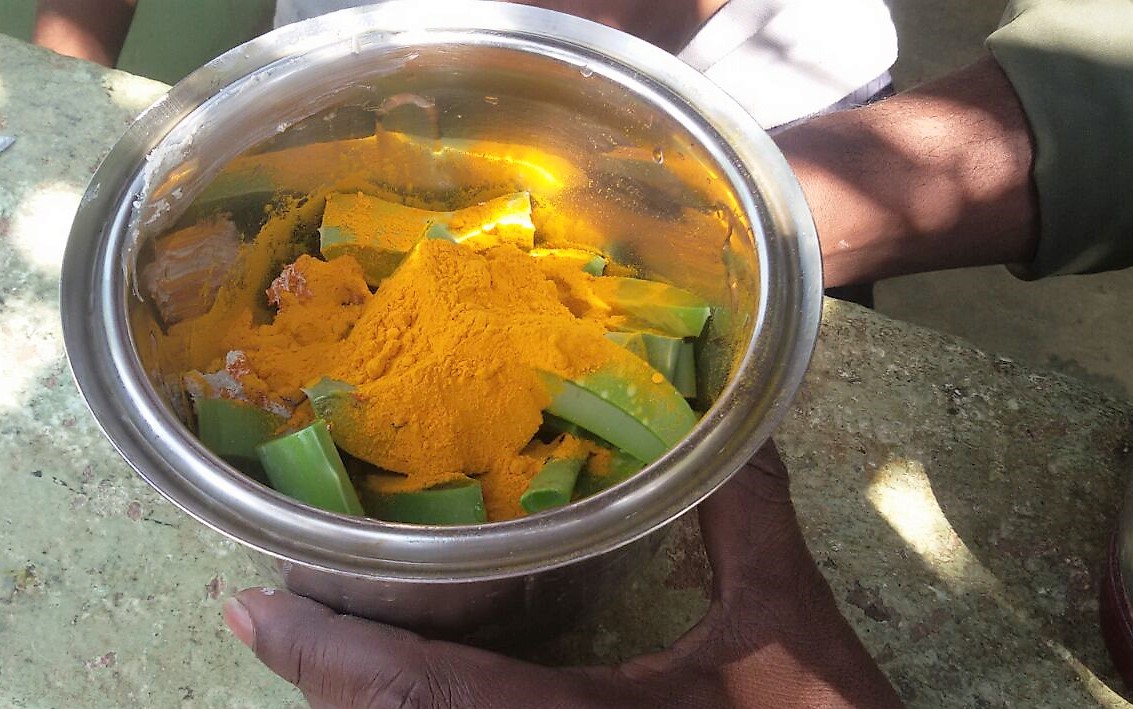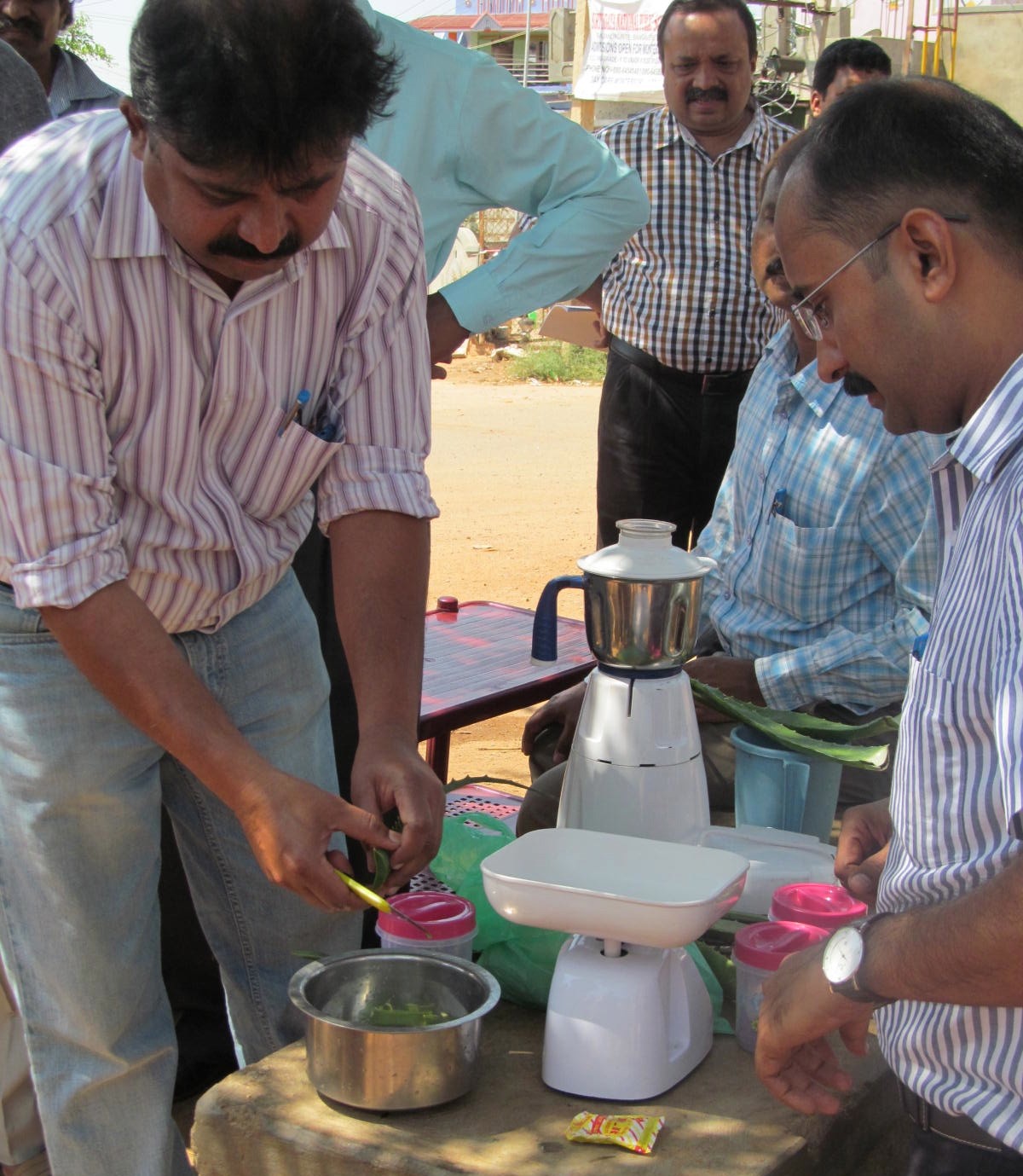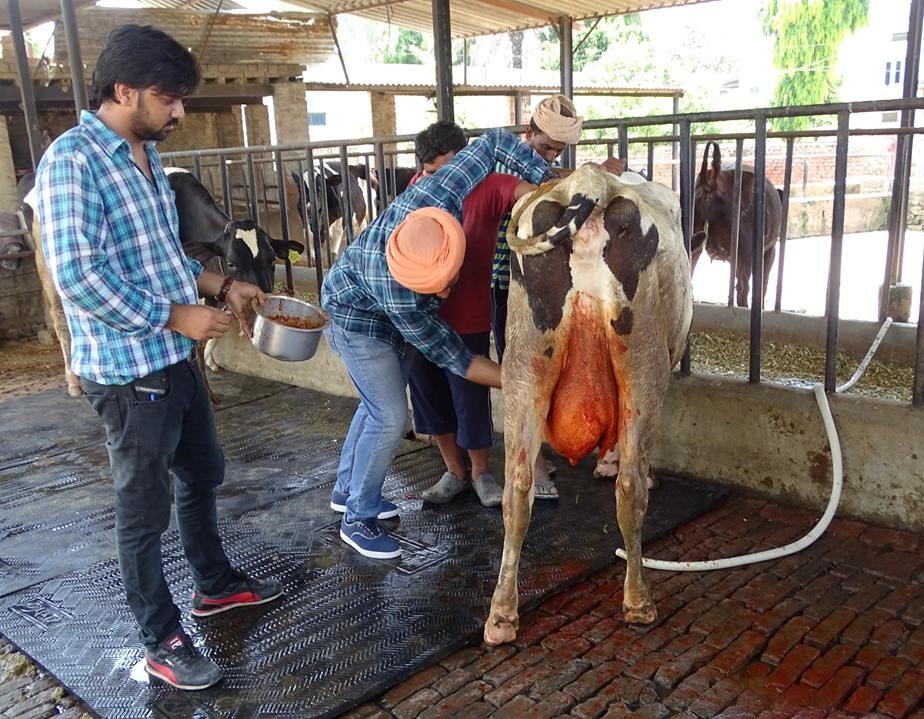ARE ANTIBIOTICS A BOON OR BANE FOR MANKIND?
By Dr Kumar S K
Since ages human is in a process of learning the skill and art of managing the diseases. It includes drug therapy, non drug therapy, prayer, hymns and other practices which take away the sick and bring back the health and wellness to the individuals. As the technology advances we are in the era of eating drugs (Medicines) for prevention, promotion of health and curative of diseases.
This trend of understanding the diseases is mainly because of Infections caused by microorganism led to the invention of anti-microbial, which so called as life saving to millions of people. If you look in to the history of medicine evolution, there were days where medicine prepared out of herbs was using for treatment of diseases. As the modern era of conventional medicines began and deeper understanding of deadly bacteria and virus, the medical research had a paradigm shift to address these bacteria, virus and other microbials by either killing or making inactive for some time. As the anxiety of these microbes started people get used to irrational usage of the drugs called antimicrobials against the microbes to overcome the infections caused by these organisms.
The irrational application of these antibiotics in human and animal leading to the status of resistance for the microorganism causing diseases, which cautiously calling AMR (Antimicrobial resistance). This AMR escalating day by day and leading to death millions of people not because of the disease it is because of resistance to the microbes. It is estimated that by 2015 death due to AMR is 10 million and GDP loss due to this is $102 trillion. If you look at to the global antibiotics markets, India place in the order of first in highest consumption of antibiotics. This is due to ignorance on the issue of AMR, lack of awareness and no strict regulation on marketing of these antibiotics on the counter.

A World Health Organization (WHO) report released April 2014 stated, “This serious threat is no longer a prediction for the future, and it is happening right now in every region of the world and has the potential to affect anyone, of any age, in any country. Antibiotic resistance—when bacteria change so antibiotics no longer work in people who need them to treat infections—is now a major threat to public health. Globally 50% of all antibiotics serve veterinary purposes, 1 million tons of antibiotics released into the biosphere during the last 50 years. Up to 95% of the antibiotics are excreted unaltered!!!.This menace of irrational application of antibiotics in clinical practices by the physicians and veterinarians becoming alarming for the health sector of current era. In human sector this irrationality is on the shoulders of the patient either they demand the physician to prescribe the antibiotics for common ailments or they themselves consume from the counter. The story is same in case of animal health providers, some time if veterinarians are not prescribing intrammamry antibiotics, the farmers either change the veterinarians or they themselves inoculate. This menace is needless for the different health sector of the community. It was distinctly taken over by human health, animal health and environmental health but now which come together under one umbrella, One Health. Today there is enormous increase in global consumption of antibiotics which is close to 67% or animal production has direct impact on human health and environmental health by which antibiotics are taken way through food chain like meat, egg milk and other animal products.

Reduction of antibiotics in livestock farming and human consumption is one of the most challenging paths to minimize AMR. Regardless using so much antibiotics to manage the clinical conditions of dairy animals like mastitis, the loss due to this mastitis is increased 115 times I, e 7165 crores annually ( Bansal and Gupta 2009). As we understand the impact of irrational use of antibiotics in human and animals and leading to AMR in humans resulted through food chains there need to be an alternatives to overcome the AMR and also needs to be addressed on closely monitored way to control the misuse antibiotics as human health is dependent on animal health and environmental health. So it is clear for us that human health, animal and environmental health all is interdependent and closely interrelated, together as One Health.
The highlight of focusing on one health is to bring the judicious application of medicines and to promote the safe and efficacious alternatives for sustainable healthcare measures for both animals and humans. In this regard Trans Disciplinary University (TDU) along with Tamil nadu Veterinary and Animal Sciences University have joined hands for reduction of antibiotics in livestock farming which encompasses on producing safe and quality animal products. TDU also established Natural livestock farming (NLF) of Indian platform to work on reduction of antibiotics in livestock farming. India has rich heritage of traditional medicines.
In this juncture to address the global issue we have been joined by Dutch farm experience of Holland, ESAP Ethiopia and UVN Uganda. The irrational usage of antibiotics is not only in India it is also in Holland, Ethiopia and Uganda. Dutch government regulation in 2012: Reduction of antibiotic use in livestock sector 70% (compared to 2009) before 2016. Human uses of antibiotics were lowest of Europe where as Veterinary use 2007 was highest of Europe. The regulations of the govt made 58 % reduction in Veterinary use 2009- 2015. Registration of all antibiotics used by veterinarians, Netherlands Veterinary Medicines Authority (SDa) controls and Defined Daily Dose: levels established for each animal production group.
In case of Uganda, the scenario is different; there are no regulations on monitoring of indiscriminate use of antibiotics from government. Traditionally Uganda farmers were enriched with herbal knowledge for sustainable livestock farming. However; with the onset of industrial revolution, many molecules were brought on the market which assumed better solutions for the diseases. This has led to high incidence of tick resistance, high residues of antibiotics in milk, human exposure leads to AMR, degradation of soil due to Antibiotics entering in to soil, increased cost for animal productions and reduced animal productivity.

To address all these, We have developed an International platform to give alternative solutions to reduce indiscriminate use of antibiotics in dairy farming, Natural Livestock farming International (NLF – International). Transdisciplinary University has documented 441 Ethno-veterinary practices from 24 locations were documented for prioritized EV conditions. And 24 Community veterinary health register were prepared. A desk research was carried out on all these practices to find out the safe and efficacious practices using Ayurveda texts. Four assessment workshops were conducted. The participants of the workshops were modern Veterinary, Ayurveda and Siddha doctors, NGO representatives from 24 organizations, community members and local ethno-veterinary healers. 353 practices were found to be efficacious and safe with some modifications for some of them. Total 134 medicinal plants are used in Ethno Veterinary Practices. We have prioritized 15 clinical conditions of dairy animals, where there is extensive use of antibiotics. 15 remedies for these 15 clinical conditions have gone through clinical observation studies.

All the 15 conditions have been treated with traditional medicines and found near to 100% efficacious. Trained 350 veterinarians and 6000 farmers to use EVP for 15 clinical conditions. Created a network of veterinarians and farmers promoting ethno-veterinary practices in dairy cooperatives in Southern India. Shown trends of reduction of chemical/drug residues in milk from smallholder milk producers. Our intervention impact analysis after training the Veterinarians and framers shows 49% reduction in the antibiotic residue in the milk and Expenditure on treatment reduced by 94%.
Sabarkantha dairy (AMUL) along with NDDB has done a pilot study on evp and its impact in management of clinical and subclinical mastitis. More than 6000 cases of mastitis treated with 92% success through evm alone.(The no.of visits decreased by 32,000 in the last 6 months as compared to the same period from the previous). Supply 5000 aloevera plants to our farmer. Establishment of ethno-veterinary demo plot at Sabar dairy. Trained of 15 veterinarians at Trans-disciplinary University, Bangalore. Training of all veterinarians (no.144) in the union on EVM.
For details contact
Dr Kumar S K, Assistant professor, TransDisciplinary University
Bangalore, India , dr.kumar@tdu.edu.in – 09845103838(Whats app)
This post is also available in: Portuguese (Brazil)



Leave a Reply
Want to join the discussion?Feel free to contribute!